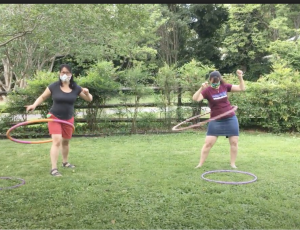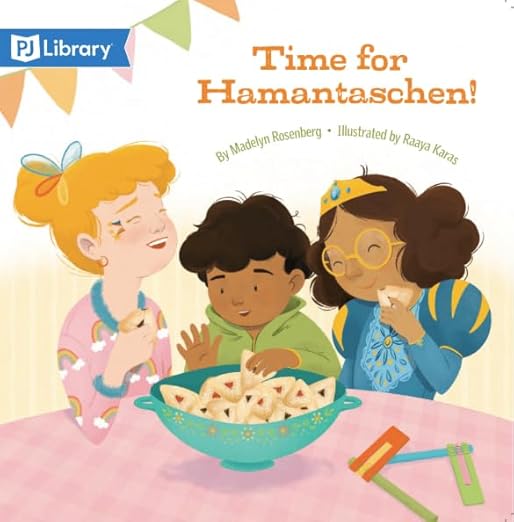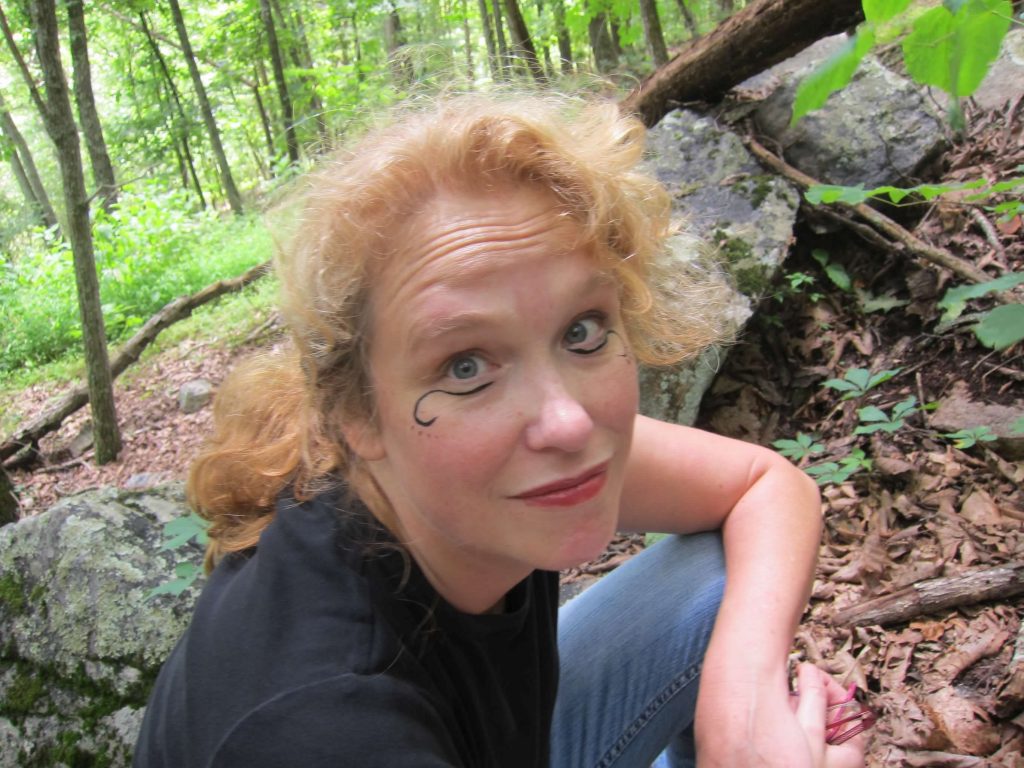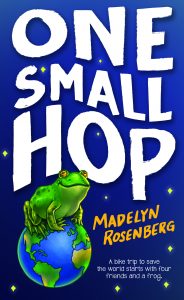As we talk with students about Not Your All-American Girl, we decided to put together a reading guide. Make sure you check out the activities at the end! We hope this will help readers connect with the book — and with some of the things that are going on in their own lives.A PDF is here: madwenreadingguide
Thanks for reading!
Madelyn and Wendy
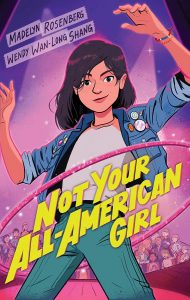 ABOUT NOT YOUR ALL-AMERICAN GIRL
ABOUT NOT YOUR ALL-AMERICAN GIRL
Lauren Horowitz has an awesome tryout for the school musical. But when the part goes to her best friend Tara, who did not sing as well but looks like the teacher’s idea of an All-American girl, Lauren, who is Jewish and Chinese American, must examine her own expectations and beliefs about herself to discover what it truly means to be “all-American.”
PRE-READING ACTIVITIES
Learn about the time period when this story takes place (1984) and the cultures involved. Find magazines, newspapers and other materials at that time to show what was in the news. Look at who was represented in TV shows and advertisements; how often were people of color the main character in a movie or ad?.
ABOUT THE 1980s
Your parents and guardians don’t think of the 1980s as history, but in fact, it is history. Even today will be history tomorrow. Ask the people around you how life was different then. How did people communicate? What were people worried about? How did they get their information? What did they do for fun? What kind of music represents the 1980s to them?
Now compare that with today. How do you communicate? What do you worry about?
FRIENDSHIPS
Many middle grade stories are about friendships. How do friends treat each other? How important is listening in a friendship? Make a list of the things you appreciate about your friends.
ARGUMENTS
How do you resolve arguments with friends? With family? Have you ever been afraid to speak up about something that bothers you? Why? Create a script where you bring up something that bothers you to a friend or family member.
FAIRNESS AND EQUALITY
What assumptions do you think other people have made about you or someone else because of race, religion, gender — or even your height? Were these assumptions correct or incorrect? How have you responded? The authors of this story often say that they could never think of what to do in moments when they faced prejudice, but that this story is their second chance at that.
What do you think you should do to stand up for friends? What do you wish friends would do to stand up for you?
VOCABULARY:
Bias: A preference for or against an idea or person, without an opportunity to consider other ideas.
Diversity: The practice or state of including people of different races, social backgrounds, ages, genders, sexual orientations or other identities.
Inclusion: The practice of involving, valuing and respecting others, particularly people who might normally be excluded or marginalized.
Microagression: A microaggression is any kind of slight, snub or insult, whether it is made intentionally or not, which communicates negative or hurtful messages to a person based solely on their identity as part of a marginalized group.
WHEN CULTURES MERGE
We all have more than one aspect that defines us. For instance, you might be a vegetarian and a bassoonist. 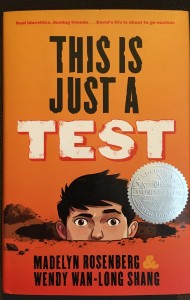 In This Is Just a Test, a companion book to Not Your All-American Girl, one of David’s friends is surprised that he and Lauren are both Chinese-American and Jewish: “You can be Chinese and Buddhist or Chinese and Taoist or Chinese and Jewish.” I managed to stop blathering before I paired being Chinese with every religion on earth.
In This Is Just a Test, a companion book to Not Your All-American Girl, one of David’s friends is surprised that he and Lauren are both Chinese-American and Jewish: “You can be Chinese and Buddhist or Chinese and Taoist or Chinese and Jewish.” I managed to stop blathering before I paired being Chinese with every religion on earth.
How do the different parts of Lauren’s identity cross over in her life? How does considering one part of your identity affect the other parts of your identity?
ACTIVITIES:
- Lauren has a number of buttons that she wears that express her feelings, whether she’s getting ready for a performance or math test, or whether she’s just feeling angry. A button slogan is generally short. Sometimes it uses words and sometimes just a picture. Design a button that describes an emotion, feeling, sentiment or attitude that represents your mood right now.
- In Not Your All-American Girl, the students act in a musical. Authors Madelyn Rosenberg and Wendy Shang made up their own musical about hula hoops for this book; what idea, person or time period might make a good musical? If you were to write a musical, who would be the main character to tell the story?Musicals also have an “I am” song, introducing the main character. A good example of this is “Alexander Hamilton” from the popular musical. Create an “I am” song about yourself. Introduce yourself briefly in song. Create one verse or the whole thing!
- When Madelyn and Wendy worked on the book, they made sure to use foods, clothing, muic, and more to give the book an 80s feel. Names of characters also reflect names that were popular at the time. If you were creating a story that reflected the time we’re in, right now, what would you do for the following?
- Name your character and your character’s best friend
- Three foods your character would eat
- List three things your character would wear
- A piece of technology your character would own
- A song your character would hear on the radio
- What type of pet would your character have?
- What would your character hear on the news?
- What are some words your character would know that reflect this time, right now?
4. In a way, a playlist is like a time capsule. Create a musical playlist for the 1980s. If you’d like, have your parents or guardians help. (For reference, here’s a playlist that Madelyn and Wendy made in honor of the book.) Make another playlist of songs you like right now.
5. And finally, because we’re all spending too much time inside, if you own a hula hoop, get it out and see how long you can keep it going. Can you sing and hula hoop at the same time?
